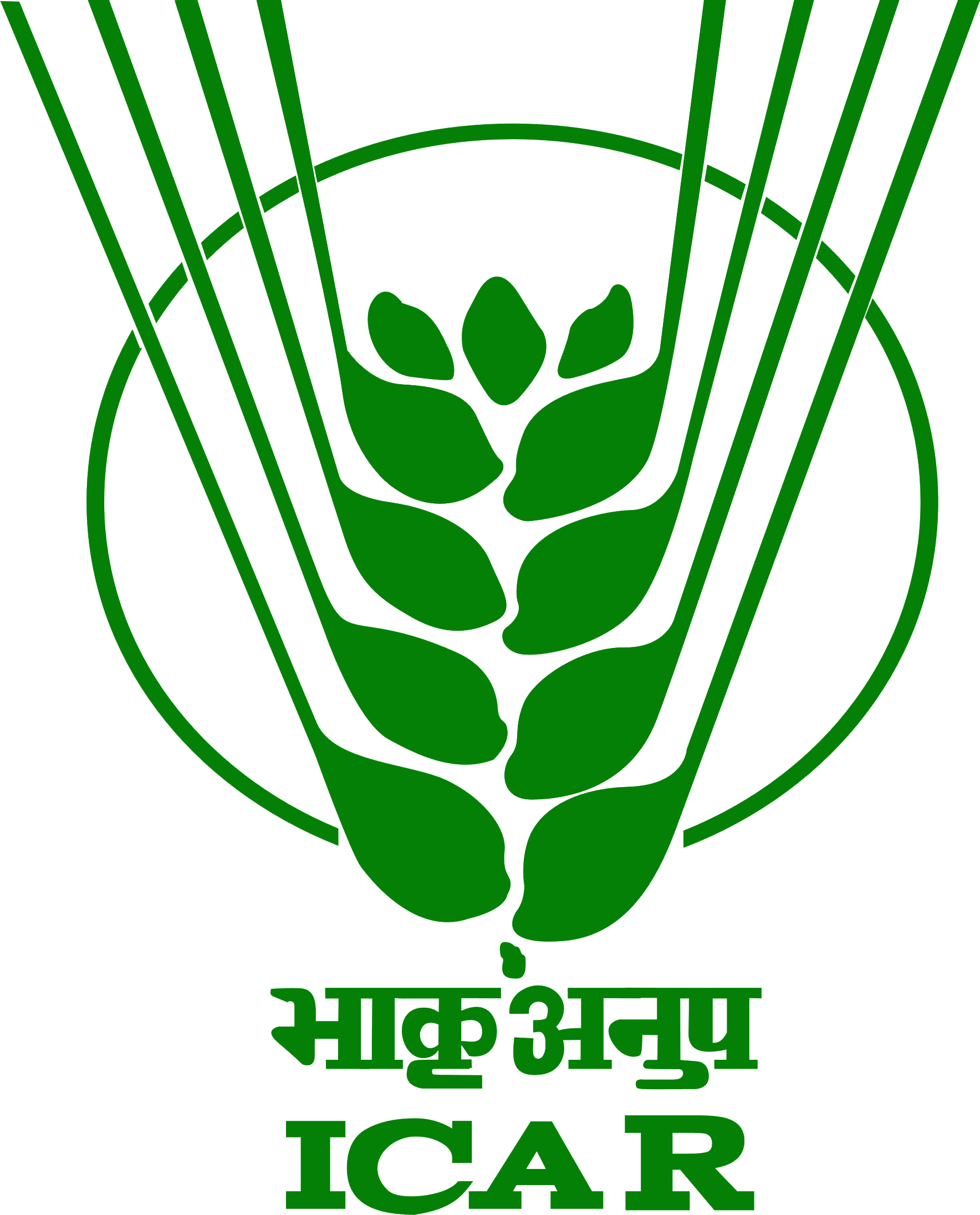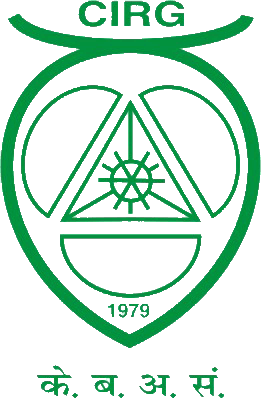



Select Language
|
 |
 |
All India Coordinated Research Project on Goat Improvement |
 |

|
Black Bengal Field Unit, Birsa Agricultural University, Kanke, Ranchi-JharkhandPrincipal Investigator:Dr. L.B. Singh, Professor (AG&B) Activity assigned and targets fixed for each activity during the periodApart from implemention of technical programme the unit was assigned the duty of field performance recoding at four clusters established at Deoghar, East Singhbhum, Ranchi and Lohardaga districts. Activity carried out during the periodThis is one of the unique two units under AICRP on Goat Improvement having adopted farmers under Tribal Sub Plan. Due to this unit, the tribal farmers are being benefitted and their capacity is enhanced. The Unit is to do genetic improvement of tribal area Black Bengal goats through section based on performance recording. Work done and achievements are discussed below.
Detailed AchievementsAll India Coordinated Research Project on Goat breeding for meat production of was started at Ranchi Veterinary College, Ranchi during Vth five year plan in November, 1976 as Chotanagpur unit. This unit is again started in XI Five Year Plan in the year 2009. Black Bengal is the only recognized breed of goat found in Jharkhand. A total of 29 buck (on the basis if growth and multiple birth) were selected from three different centers and distributed among the farmers for breeding and improvement purposes. The selected bucks have been exchanged from one centre to others to avoid inbreeding. Flock StatisticsTable 1: Flock Statistics of Black Bengal Goats at Different Centres
Body WeightThe overall means of body weights recorded at birth, 3, 6, 9 and 12th month of age were 1.21±0.03, 5.86±0.04, 8.90±0.06, 11.22±0.07 and 13.40±0.08 kg, respectively. Significant effect of sex was observed on body weights at all stage except birth weight in Black Bengal kids. Seasons of birth were significant effect on body weights at all stages. Kids born during winter season were significantly heavier (1.25±0.03 kg) at birth than those born during summer (1.19±0.04 kg) and mansoon (1.16±0.04 kg). This could be probably due to availability of better quality of green fodder during post monsoon and winter season to does in gestation as majority of winter kidding occurred in the month of February (Table 2). Table 2: Body weight at different stage of growth (2013-14)
Table 2: Body weight (kg) of kids at various stages of growth at different centers
ReproductionThe reproductive performance of Black Bengal goats is shown in Table 3. The overall reproductive parameters of Black Bengal goats viz. age at first mating, body weight at first mating, age at first kidding, weight at first kidding, service period, kidding interval and gestation period were 270.43 ± 1.84 days, 10.48 ± 0.64 kg, 420.92 ± 1.19 days, 11.58 ± 0.35 kg, 68.21 ± 2.06 days, 217.72 ±2.41 days and 146.27 ± 0.81 days , respectively.
Distribution of BucksA total of 29 buck (on the basis of growth and multiple birth) were selected from three different centres and distributed among the farmers for breeding and improvement purposes. The selected bucks have been exchanged from one centre to others to avoid inbreeding. The selection differential for body weight at 9 month of age was 4.02 kg (Table 4). Table 4: Selection differential of selected males at 9 Month of age (2013-14)
Disease PrevalenceHealth management of Black Bengal goats in the form of prophylactic and curative measure was provided to the animals in selected villages of Jamshedpur, Deoghar and Ranchi districts. The detail of prophylactic treatments has been summarized in Table 5.
Human Resource DevelopmentA training programme on scientific goat husbandry was organized on 19-21 November, 2013 at Instructional Small Ruminant Farm, Ranchi Veterinary College. 26 farmers from all three centres participated in the training programme. In this two days training programme farmers were educated for scientific breeding, feeding and management aspects. They are also being trained for first aid para-vet aspect to take care of their animals. Gaps/constraints/shortfalls/excess and reasons thereof, if anyNil PC’s evaluation: Very Good (A) Good (B) poor (C)------------------Very Good (A) ----------------- Future programme identifying the activities, timeline and targets for each of the activityPerformance recoding will be carried out at four clusters established at Deoghar, East Singhbhum, Ranchi and Lohardaga districts. RemarksThe unit has been doing good work in tribal area in Jharkhand state. | ||||||||||||||||||||||||||||||||||||||||||||||||||||||||||||||||||||||||||||||||||||||||||||||||||||||||||||||||||||||||||||||||||||||||||||||||||||||||||||||||||||||||||||||||||||||||||||||||||||||||||||||||||||||||||||||||||||||||||||||||||||||||||||||||||||||||||||||||||||||||||||||||||||||||||||||||||||||||||||||||||||||||||||||||||||||||||||||||||||||||||||||||
All India Coordinated Research Project on Goat Improvement Copyright © 2017 PC Unit, ICAR - CIRG, All rights reserved |
Visitor number: 49797 Developed by Shantanu Singh
Last Modified: 07 Apr 2019 |